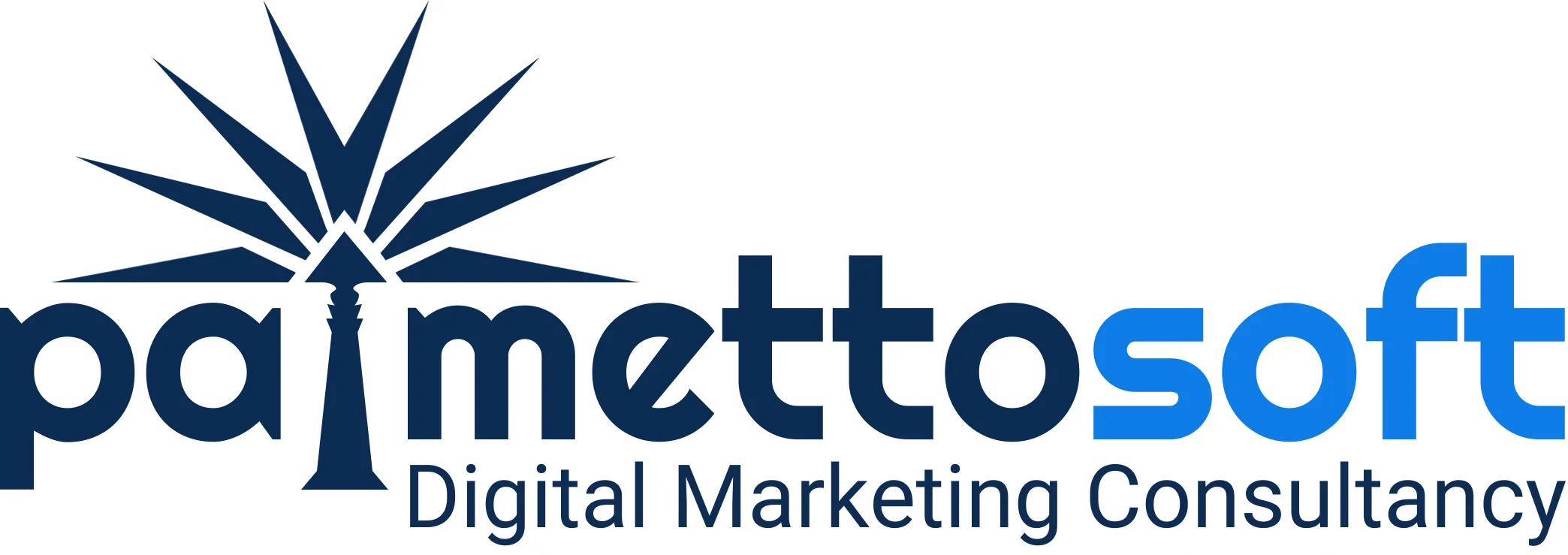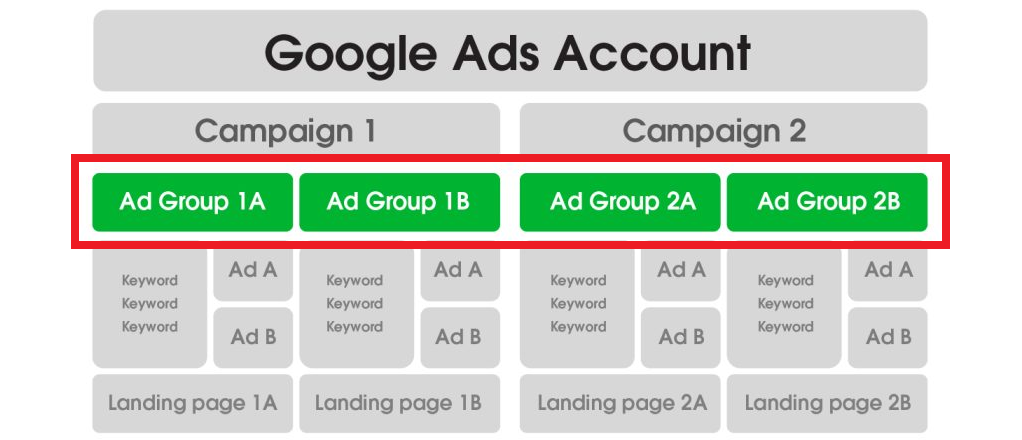Creating a successful Google Ads campaign is like building a house: a strong foundation is crucial. In the world of Google Ads, that foundation is built on understanding campaign types and, most importantly, mastering the creation and management of ad groups. Think of ad groups as the secret sauce or the behind-the-scenes mojo that can make your campaign truly successful. Let’s dive into how to harness this power effectively.
Understanding Campaign Types: The Building Blocks
Google Ads offers various campaign types, each serving different marketing objectives. These include:
- Search Campaigns: Featuring text ads shown in search results.
- Display Campaigns: Visual ads shown on the Google Display Network.
- Video Campaigns: Ads displayed on YouTube and other video partners.
- Shopping Campaigns: Ads promoting specific products.
- Discovery Campaigns: Ads appearing in feeds across Google’s platforms.
- App Campaigns: Promoting app installs and engagement.
- Local Campaigns: Driving traffic to physical locations.
- Smart Campaigns: Automated campaigns optimized by Google’s AI.
Most campaigns focus on “Sales” or “Leads.” Historically, Search Campaigns have been the go-to for many businesses due to their straightforward text ad format. However, the digital landscape is constantly evolving, with video ads gaining traction as internet speeds and bandwidth increase.
Creating a Campaign: The First Steps
Once you’ve decided on the campaign type, setting it up involves several steps. For detailed instructions, Google provides comprehensive guides. However, understanding the core principles of the Google Ads process and focusing on ad groups can significantly impact your campaign’s performance.
Ad Groups: The Buckets of Success
Ad groups are the secret sauce of your Google Ads campaign. They are the buckets that hold your ads and the associated keywords. Think of each ad group as a bucket: a bucket of sand, a bucket of water, a bucket of golf balls. Each bucket (or ad group) should contain closely related items (or keywords and ads).
Naming Your Ad Groups
Choose clear, descriptive names for your ad groups to reflect their focus and strategy. This clarity helps maintain an organized campaign structure, making it easier to manage and optimize.
Keyword and Ad Relevance: The Mojo Behind the Magic
The relationship between keywords and ad groups is crucial. When someone searches for a keyword, the displayed ad should be highly relevant to that keyword. Avoid the common mistake of using one ad to serve a large cluster of keywords. Instead, create multiple ad groups, each targeting a small, specific set of keywords.
For example, having 20-30 keywords per ad group can dilute your ad’s relevance, leading to lower click-through rates (CTR) and conversions. Aim for smaller clusters, sometimes even single keywords, to ensure your ads are tightly aligned with user searches.
Psychological Principles in Ad Groups: Thinking Like a Marketer
When a user searches for a keyword, they’re looking for specific information or solutions. Your ad should seamlessly continue this search journey, providing relevant and compelling content. This psychological alignment enhances the user’s buying experience, increasing the likelihood of conversion.
By meticulously organizing your ad groups and ensuring keyword relevance, you create a cohesive system where each search query meets a highly pertinent ad. This strategy not only improves CTR but also fosters a consistent and positive user experience.
Conclusion: The Power of Ad Groups
Great ad campaigns are built on solid foundations, and in Google Ads, that foundation is made up of well-structured ad groups. By treating ad groups as the buckets that hold your most valuable assets—relevant ads and keywords—you can significantly enhance your campaign’s performance. Remember, the secret sauce to a successful Google Ads campaign lies in thinking like a marketer, focusing on relevance, and organizing your ad groups with precision. With these strategies, your Google Ads campaign can become a powerful tool in your marketing arsenal, driving higher engagement and better conversions.
Related Posts:
- Prioritizing Relevancy Over Volume in Keyword Selection
- The Critical Importance of Landing Page Construction in PPC Campaigns
- Mastering the Psychology of Google Ad Copy: Hooking Your Audience with Precision
- The Essential Role of Phone Call Tracking in Modern Google Ads Campaigns
- A Comprehensive Guide to Google Ads Campaign Monitoring and Optimization
- Effective Strategies for Adding New Keywords in Google Ads Campaigns
- Ultimate Optimization Guide to Bidding Adjustments in Google Ads
- The Power of Negative Keyword Filtering to Boost Your Google Ads Efficiency
- Advanced Reporting Techniques for Optimal Google Ads Performance









